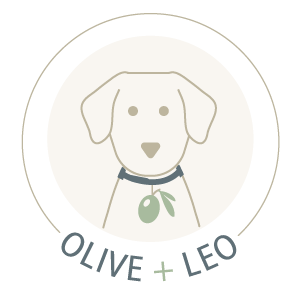For restaurants, coffee shops, and bars, loyal customers are the golden ticket to success. They’re the ones who keep coming back for more, spreading the word, and fueling your business’s growth. But let’s face it: amidst the whirlwind of daily operations, customer loyalty can sometimes fall victim to the “out of sight, out of mind” trap.
At Olive + Leo, we understand the challenges. That’s why we built a platform specifically designed to help local businesses cultivate customer loyalty with ease. With our streamlined text marketing, social media tools, and email marketing features, building a robust loyalty program is within reach, even for the busiest restaurant owner.
Our team of marketing experts has gleaned years of experience working alongside restaurants and hospitality brands. In this post, we’ll shine a light on common pitfalls and offer actionable solutions to identify the cracks that might be silently leaking away your loyal patrons.
- Limited Communication Channels: Blasting generic emails or relying solely on social media misses a significant portion of your audience. In today’s increasingly noisy world, it’s essential to diversify your communication with text marketing, social media, email, and in-person interactions to reach customers where they are.
- Diminished Engagement: When restaurants launch their loyalty program, they often focus on sign-ups rather than maintaining consistent engagement with loyalty program members. This can lead to decreased interest over time. Remember, loyalty is a two-way street! Signing up customers is just the first step. The next phase is regularly offering exclusive deals, personalized rewards, and targeted promotions to keep customers engaged.
Rewards That Lose Their Shine: Points and discounts are great, but only if they’re fresh and exciting. Predictable rewards lose their appeal over time. Offer a variety of redemption options, including unique experiences, merchandise, or exclusive access to new menu items.
Another idea is to make redemption easy and flexible. Allow customers to use their rewards through multiple channels and offer diverse options to cater to different preferences.
- Lack of Insights into Actionable Data: One of the challenges of traditional loyalty programs like punch cards or POS check-ins is that these methods don’t collect data. You need to track key metrics like program engagement and ROI to keep you in the loop about what’s working and what’s not. With customer loyalty tools like the Olive+ Leo platform, you can experiment and measure different offers, messaging, and program elements to identify what resonates best with your customers.
- Ignoring Feedback: Your customers are your best source of information. Don’t ignore their voices! As you look for ways to cultivate customer loyalty, actively seek feedback on their experiences. Obtaining customer feedback could mean sending surveys and polls through text messages or having casual conversations in person with customers.
Self-Assessment: Diagnosing Your Restaurant’s Loyalty Program Health
Here are a few questions to help you evaluate the following areas to diagnose gaps in your customer loyalty strategy:
- Engagement and Awareness: How many actively participate? Do new customers understand the program and its benefits? How often do you communicate, and is it personalized? Are there more effective ways to increase engagement after a new customer signs up?
- Rewards and Value: Are rewards relevant and appealing? Do they align with preferences and spending habits? Do you offer diverse redemption options, and is the process user-friendly?
- Feedback and Integration: Is your program integrated with other marketing efforts? Does it align with your overall brand and goals? Do you gather feedback and analyze data to identify areas for improvement?
Olive + Leo: Your Partner in Customer Loyalty
We understand that navigating loyalty programs can be overwhelming. That’s why Olive + Leo is here to help. Our platform is intentionally built with hospitality businesses in mind, providing you with the tools to:
- Build a robust loyalty database and capture customer information for targeted marketing.
- Launch engaging text marketing campaigns and send personalized offers, updates, and reminders directly to customers’ phones.
- Craft strategic social media posts to share promotions, events, and customer testimonials to keep your audience engaged.
- Manage email marketing campaigns to send targeted emails with exclusive offers and personalized content.
Don’t let loyalty slip through the cracks. Explore our services, find a package that fits your needs, and start building a loyal customer base that fuels your business success!










